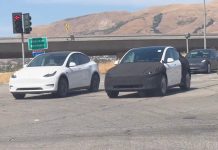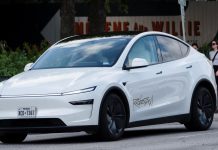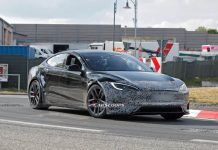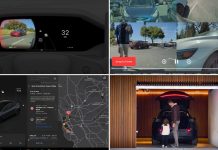Who knew a smartphone company could make a Porsche Taycan? Or wait the specs call it better than a Porsche. Xiaomi, the cool smartphone maker from China, just dropped a bomb – they’ve built their first electric car, called the SU7!
Yep, they’ve jumped into the car game, and they’re not playing around.
Forget the usual car big shots; Xiaomi’s eyeing up Porsche and Tesla? Buckle up; we’re about to explore the awesome world of the Xiaomi SU7 and why it’s making waves in the electric car arena already.
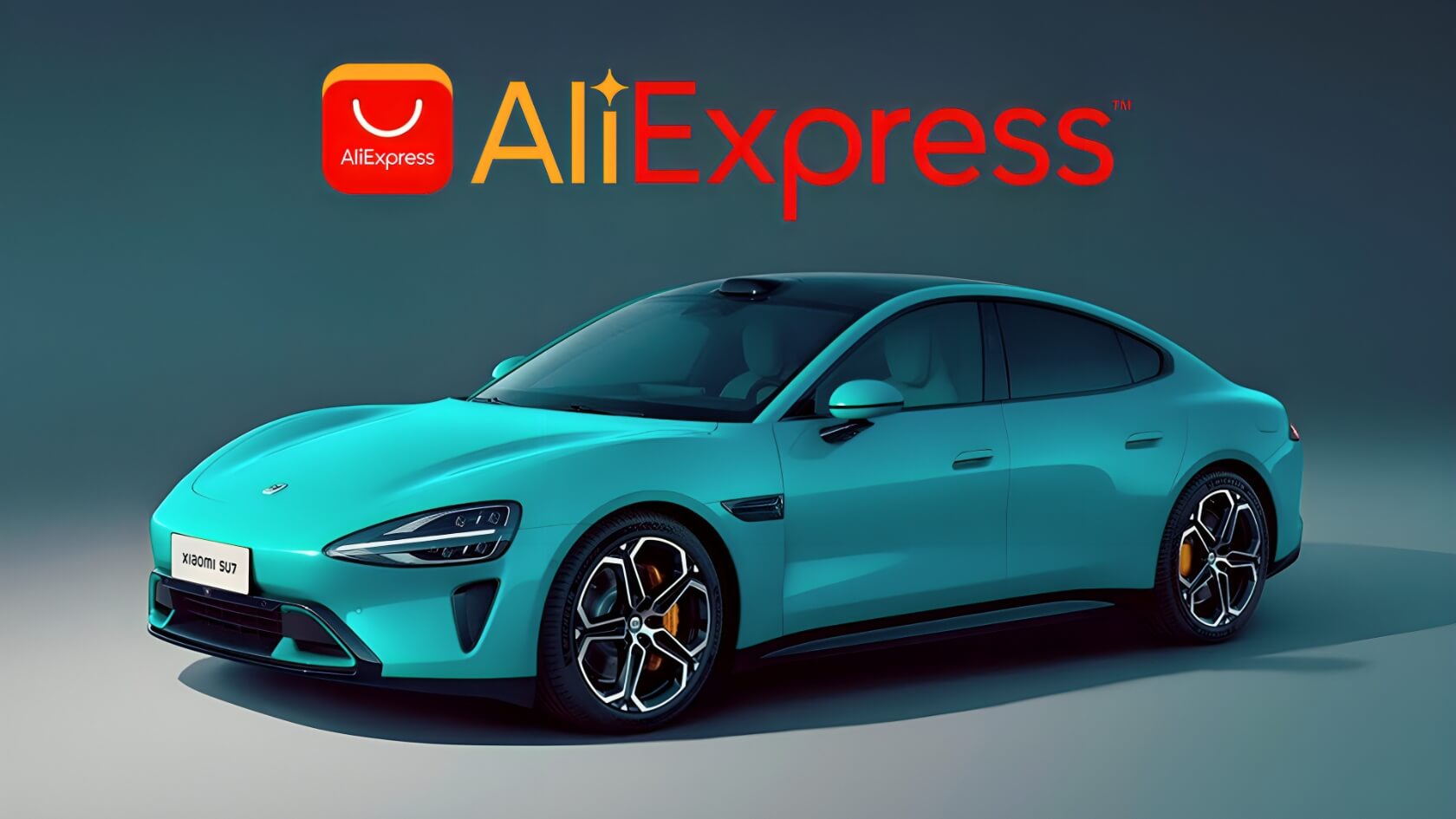
Table of Contents
Xiaomi Challenges Tesla & Porsche
Xiaomi, the prominent Chinese smartphone manufacturer has recently introduced its inaugural electric vehicle, the SU7, marking a significant foray into the automotive realm. Pronounced as “Soo-chee” in Chinese, the nomenclature SU7 is revealed to be an acronym representing “Speed Ultra.”
Noteworthy is the incorporation of intelligent driving features reminiscent of those found in vehicles such as the Tesla Model S. From certain perspectives, the SU7 exhibits a striking resemblance to its direct rivals, adding an intriguing visual aspect to its competitive stance.
This move strongly signals Xiaomi’s intent to not only match but also compete with established players in the high-performance EV segment. This announcement marks Xiaomi’s bold entry into the electric vehicle market, backed by cutting-edge technology and engineering prowess.
Xiaomi SU7: The Big Reveal
In a grand reveal during a Beijing event, Xiaomi officially unveiled the SU7, a sedan crafted on the company’s proprietary Modena Architecture. Boasting HyperEngine electric motors capable of reaching speeds of up to 21,000 revolutions per minute (rpm), the vehicle’s chassis is imprinted using die-casting machines with an impressive clamping force of 9,100 tons – a feat surpassing that of Tesla’s counterparts.
Specs
The Xiaomi SU7 lineup will be available in two distinct variants: the SU7 Max, equipped with a dual-motor all-wheel-drive system, and the SU7, featuring a single-motor rear-wheel-drive configuration.
Aptly named the Max, the Xiaomi SU7 steps up the game with an all-wheel-drive (AWD) system, harnessing a formidable peak power of 495 kW (equivalent to 664 hp) and a torque of 838 Nm. This power duo can take the vehicle from 0 to 100 km/h in a mere 2.78 seconds, with a top speed hitting 265 km/h.
The standard Rear-Wheel Drive (RWD) version, too, is a powerhouse with a maximum power output of 220 kW (equivalent to 295 hp) and an impressive torque of 400 Nm. Accelerating from 0 to 100 km/h in just 5.28 seconds, this version of the SU7 combines performance with efficiency.
Design
The 4,988mm long Xiaomi SU7 almost the same size as BMW 5 series, draws inspiration from various global models. Prominent hints of the Porsche Taycan and Hyundai Ioniq 6 in its design. With a simple minimalistic front featuring an air dam and flanked vents for increased efficiency, the sedan boasts muscular haunches on the bonnet sides and a sleek, coupe-like roofline.
The profile is further accentuated by Lamborghini-inspired alloys, while the rear adopts a familiar modern sedan aesthetic. SU7 comes in three new-age colors, aqua blue, gray, and olive green.
The four-door electric sedan is decked out with LED lighting on all sides, the front water-droplet headlamps are iconic. Featuring an active aero wing at the rear, C-shaped LED taillights connected by a sleek light bar, and a chic alloy wheel design. The SU7 boasts of LiDAR technology for enhanced capabilities.
Stepping inside the SU7, a plethora of connected technology, comfort features, and driver assistance options await, including autonomous driving functionalities. The in-car infotainment display is powered by Xiaomi’s software and electronics, facilitating seamless integration with the driver’s smartphone into the car’s infotainment unit.
Range
Powering the Xiaomi SU7 Max is a super-advanced battery. It’s a 101 kWh one, a ternary (NMC) battery from BYD & CATL. This battery is one of the best, allowing the car to go an impressive 800 kilometers before needing a recharge.
Also, the SU7 uses an 875 V setup, suggesting it can charge up super quickly, perfect for our speedy, modern electric car needs. Fueling the standard variant is a robust 73.6 kWh capacity battery, offering a substantial 668 km range based on the China Light-Duty Vehicle Test Cycle (CLTC).
Price
The car’s price remains undisclosed, and there have been reports in Chinese media suggesting it could be 361,400 yuan (approximately 50,350 USD), a claim Xiaomi briefly denied.
Lei Jun, Xiaomi’s CEO, cautioned against unrealistic expectations, addressing speculations of 99,900 yuan (14,000 USD) or 149,900 yuan (21,000 USD) as trolling. Online forums anticipate a price of around 300,000 yuan (42,000 USD). The exact cost is yet to be confirmed by Xiaomi.
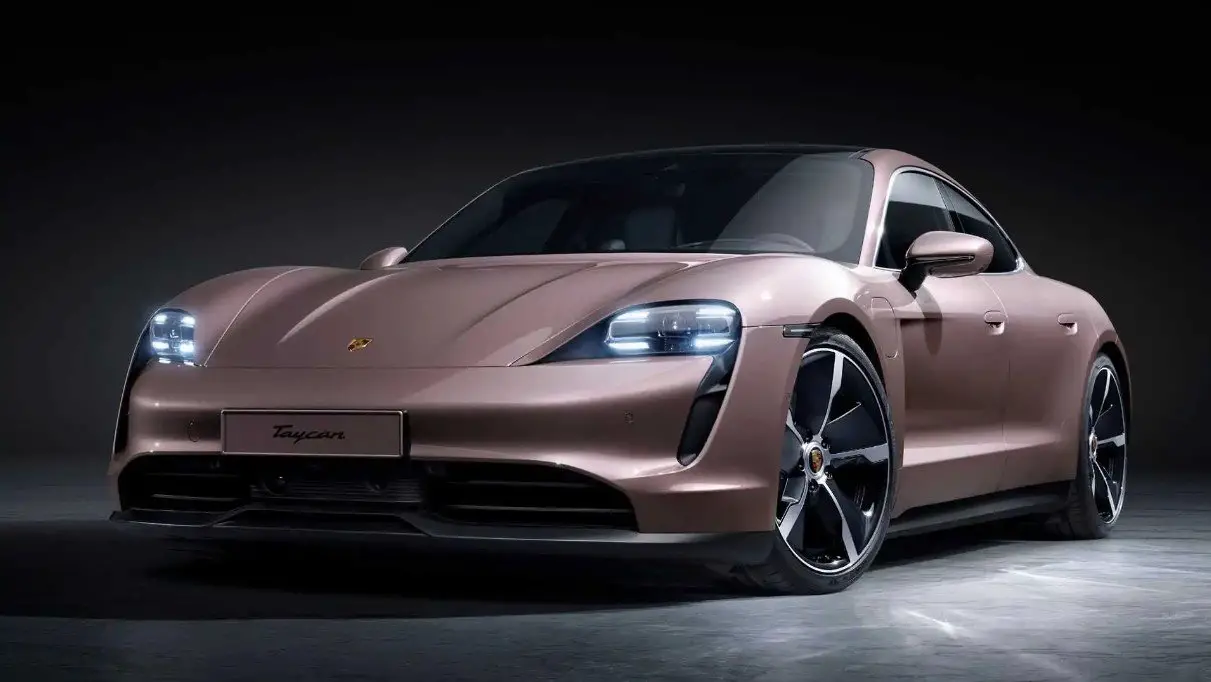
Xiaomi SU7 Vs Porsche Taycan
It’s not about just taking looks from the Porsche Taycan, but Xiaomi SU7 also outperforms Porsche with its specs. At least on paper. We are still awaiting SU7’s real-world performance. How it’s better than a Porsche you ask? Here’s how:
- Better Range: The Porsche Taycan Turbo S range is 388 km on full charge, while SU7 offers double the range with 800 km on its Performance trim and still significantly higher on its standard version.
- Better Acceleration: Porsche can go 0-100 in 2.8 seconds, but SU7 is said to take .02 seconds faster (2.78s) to get to 100.
- Better Battery Capacity: Porsche boasts a 93kWh battery pack, while SU7 has a 101 kWh battery capacity.
- Better Top Speed: Porsche stands tall in its luxury segment with a 260 km/h top speed, while SU7 beats it with 265 km/h.
- Better Space: SU7 rocks an amazing 517 litre boot space with 105 litre space in front whereas Porsche has only 84 litre.
What Makes Xiaomi SU7 Special?
During the big launch event, Lei talked about cool stuff like the “water droplet” headlamps, which look like the Chinese character for “rice” (that’s the “mi” in “Xiaomi”). He also mentioned the fancy rear brake light made up of 360 LEDs.
Commencing trial production in December, Xiaomi initiated the manufacturing of 300 pre-production SU7 cars for rigorous testing purposes. Recently, Xiaomi made headlines in the Chinese media following an incident where one of its test vehicles was involved in a crash on a snowy road, drawing substantial attention.
On February 8, Xiaomi shared the winter prowess of their electric sedan with a testing video in the frigid conditions of -33°C near Heihe City in Northern China. Xiaomi CEO, Lei Jun, emphasized the company’s aspiration to dominate the winter range and efficiency with their internally developed heat pump.
According to Xiaomi, the SU7’s battery can recharge 390 km in 10 minutes, which is way more than the Tesla Model S Plaid. In just 5 minutes, it can add 220 km, and in 15 minutes, it claims to add 510 km. That’s pretty fast!
Bottomline
In a nutshell, Xiaomi, already a big player in phones and electronics, is now diving into the electric car scene with the SU7. With a cool design and fancy tech, it’s like buying one from AliExpress taking on big names like Porsche and Tesla.
Xiaomi is known for selling stuff directly to customers, just like Tesla does. If they branch out to Europe and Australia, they’ll probably stick to this online sales approach, managing everything from sales to service centers.
So, Xiaomi’s move into making cars could shake things up with fresh ideas, affordable options, and a direct-to-customer strategy. We will keep an eye out for their journey into the auto world and keep you posted!


